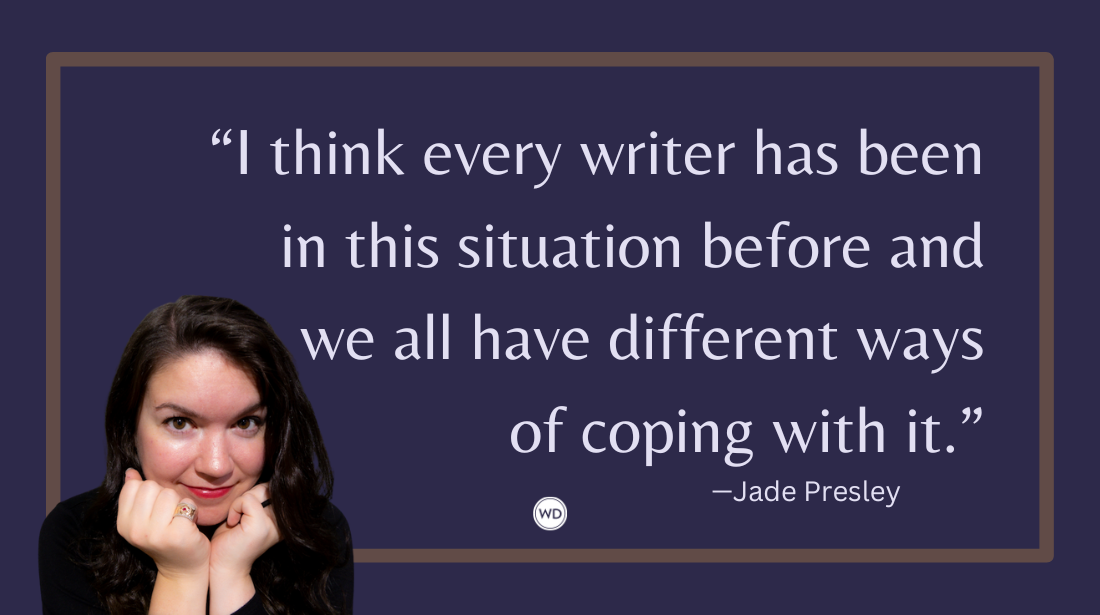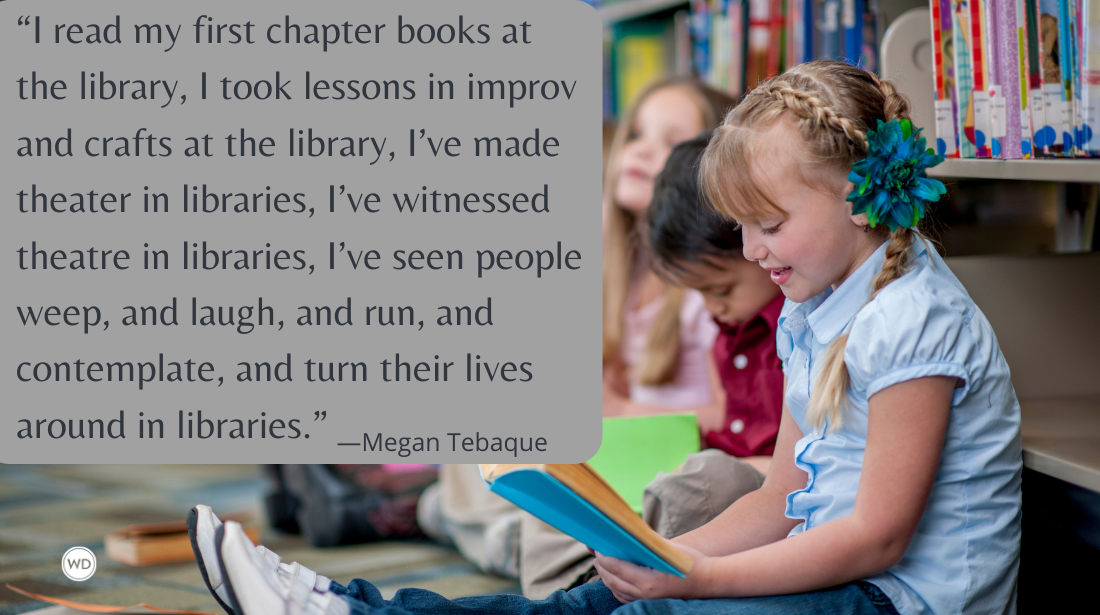5 Tips for Using Personal Stories in Your Writing
When you draw inspiration from your own experiences, what you use is fair game. But what if it’s about someone else? Here, author Phoebe Fox shares 5 tips for using personal stories in your writing.
When writing about yourself, what you use is fair game. But what about when you write about someone else? Here, Phoebe Fox shares 5 tips for using personal stories in your writing.
The recent New York Times article “Who Is the Bad Art Friend,” a tangled tale of how one author’s experiences allegedly influenced another’s short story, has sparked heated legal discussions about plagiarism. But it also illuminated an uncomfortable ethical question hiding in the shadows of a writer’s psyche: When drawing inspiration from real life, where is the line?
Writers find inspiration in everything—we’re sponges absorbing the world around us and letting our imaginations expand on it, asking ourselves that most magical of story questions: “What if…?”
But following a few key guidelines in letting real-life stories seep into your own can make sure you keep your writing honest, original, and ethical.
1. Do No Harm
One of the areas of author Robert Kolker’s “Bad Art Friend” article that has disturbed many writers is the alleged intention behind the short story at the heart of it: that it was meant as a “takedown" of the woman whose real-life experiences it seemed to reflect.
Are you using real-life inspiration to fuel your own imagination, or are you looking for payback or justice, venting personal frustration, holding someone up for ridicule, or in any other way letting a secret agenda bleed into the writing?
Even if your intentions are purely creative, would using details of a real-life story—whether yours or someone else’s—potentially create harm for the people involved if they were recognized? If so, you might reconsider whether it’s worth the risk.
Your experiences with a loved one’s addiction, for instance, might be rich ground to mine for the sake of story. But how would your spouse or relative or friend feel to see details of their struggles on the pages of your book? And how might that impact your relationship with them?
2. Change or Obscure the Details
One way to avoid doing damage is by not using the exact details of the real-life situations you may be drawing from. In my first book, The Breakup Doctor, I’d written a very minor character that I thought was vaguely inspired by a story I remembered hearing from a friend about someone she knew.
Turned out I’d actually written this secondhand anecdote almost exactly true to life. When my friend saw an early version, she was horrified that it might hurt this person or their friendship—and luckily I was able to change all the identifying details before it was too late. Our writerly memories may be better than we think they are.
In their raw and honest memoir The Boy Between, mother and son coauthors Amanda Prowse and Josh Hartley write frankly about their experiences with Josh’s depression and eventual suicide attempt, and its impact on their lives and family. But they touch only lightly on details regarding other family members and friends to preserve their privacy.
Of course, no matter how well you may change real-life details, people may believe they recognize themselves in your characters, even those for whom you never even imagined a connection. We rarely see ourselves as others see us.
3. Tell a Story, Not the History
If you’re writing fiction, are you simply retelling in a thinly veiled way what actually happened in real life—or are you creating something original? “Inspired by real events” doesn’t mean directly transcribing them.
Barbara Claypole White, in her lovely story The Perfect Son, writes of a father’s relationship with his child who has Tourette syndrome. White was inspired by her own family’s experiences—her son was diagnosed with obsessive compulsive disorder—but the story doesn’t mirror her family’s lives.
My most recent book, The Way We Weren’t, involves a couple happily married and childless for 20 years who experience a miscarriage that upends everything in their lives. This didn’t happen to me and my husband—but it drew from my experience meeting the person I wanted to marry just as my child-bearing window was closing, and our having to make a very fast decision on whether or not to have children. I let our real-life experiences spark a “what if?” and drew from some of the feelings we’d had, but this story is not our story.
IndieBound | Bookshop | Amazon
[WD uses affiliate links.]
4. Make Sure It’s Your Story to Tell
Some experiences, juicy as they may be, simply aren’t ours to tell. In my book A Little Bit of Grace, I wrote a secondary character whose lived experience is vastly different from my own. I consulted with someone whose experience did reflect the character’s, to help me make the character more believable and authentic, but I knew that I wasn’t the right person to author a story from that specific point of view. I let this supporting character help illuminate my protagonist’s journey, rather than trying to tell her story.
On the other hand, Laurie Frankel, in her stunning novel This Is How It Always Is, writes about a family raising a trans daughter, inspired by her and her family’s experiences when her son revealed that he identified as a girl. While that’s where the similarities end—she drew from her own story in telling a related one in her book.
5. Ask Permission
If you do run with an idea borrowed from someone else’s life, asking the person beforehand if they’re okay with your creative appropriation of their experience can help avoid hurt feelings, broken relationships, and even legal action.
The premise of author Alison Hammer’s funny, poignant novel Little Pieces of Me was inspired by the personal story a friend told her over drinks one evening—an anecdote Hammer shares in the Author’s Note of the book. But she didn’t even begin writing the book until she cleared drawing on the idea with her friend. In my own writing I’ve gone so far as to get signed releases to protect myself as well as the person whose story I may be “borrowing” from, defining the exact parameters of how I will use it.
Borrowing elements of real life in our writing is part of the creative process—the “food” that feeds the muse. But making sure you’re using those stories responsibly can help safeguard you, your stories, and the people whose plates you may be sampling from.
Phoebe Fox, a former journalist and actor, is the author of A Little Bit of Grace; the Breakup Doctor series; and—as Tiffany Yates Martin—of the bestselling nonfiction Intuitive Editing: A Creative and Practical Guide for Revising Your Writing. Her most recent novel, The Way We Weren’t, is available now from Berkley/PRH. Visit her at phoebefoxauthor.com.








